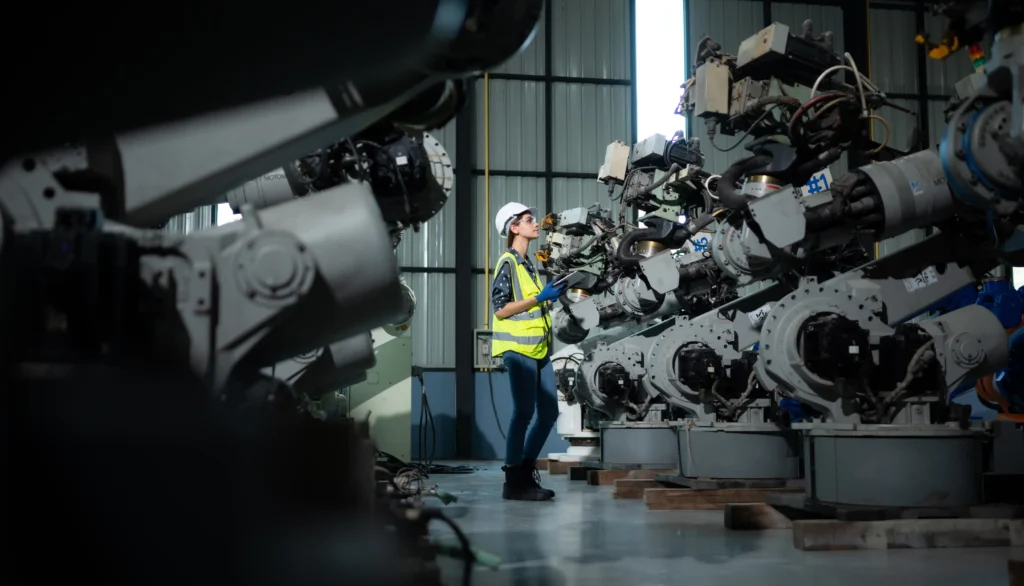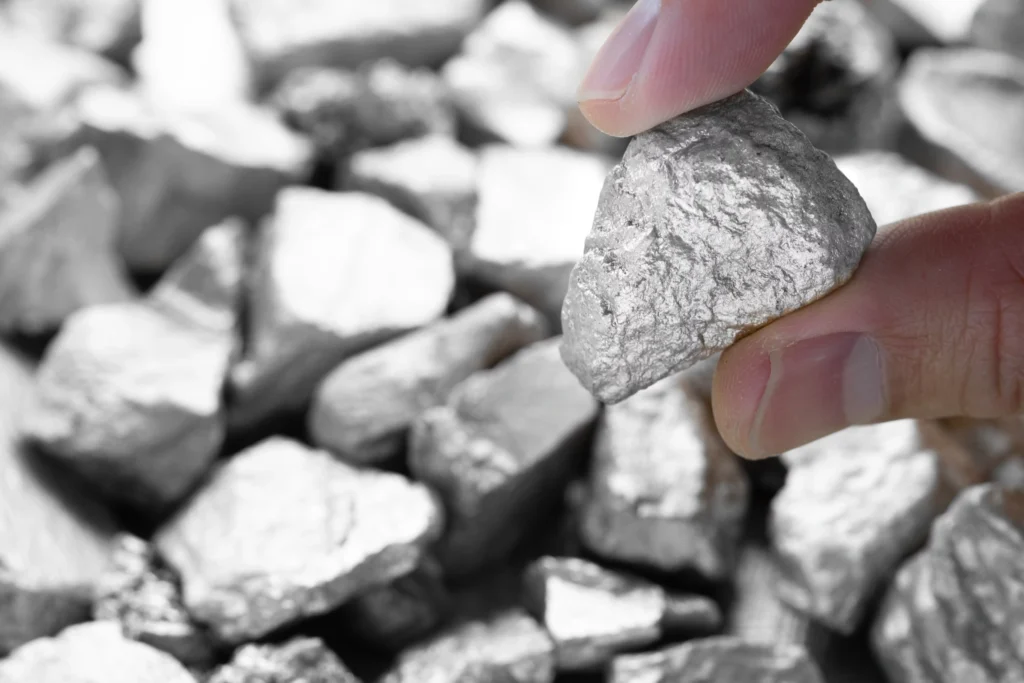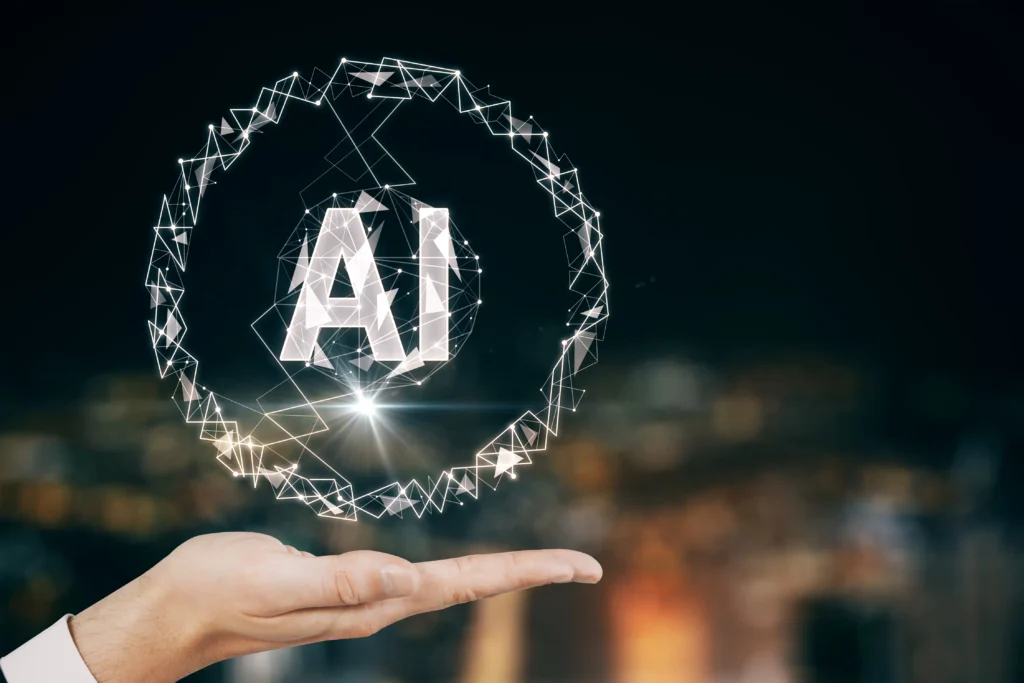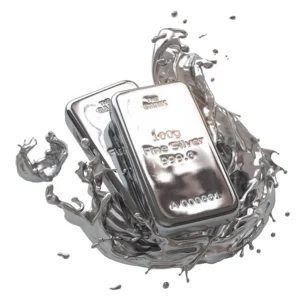The global economy is undergoing one of the most important commodity transitions of the decade. Silver, long recognised as a traditional precious metal used in coins, jewellery, and investment bars, is experiencing a dramatic identity change. Today, a powerful silver status shift is transforming how industries, governments, and investors view this metal. The world is moving away from treating silver as a decorative or monetary item and is increasingly treating it as a strategic asset that sustains modern technology, energy systems, and national development.
This transformation reflects deep structural changes in the global economy. Clean-energy technologies, digital communication systems, electric mobility, medical innovation, and defence equipment all require silver for their core functions. These industries are expanding at record speed, and none can operate at scale without silver’s unmatched electrical conductivity and reliability. Because of this, the evolving role of silver extends far beyond its historical use. The silver commodity transformation signals a new era where silver serves as a backbone of high-growth sectors instead of being used mainly for storage of value.
The Silver Shift From Precious Metal is not a prediction. It is already visible in manufacturing trends, industrial research, and national policy decisions. Silver now sits at the centre of energy transition plans, supply chain discussions, and technology roadmaps. As global competition intensifies in renewable energy and semiconductor development, silver’s strategic relevance grows stronger each year.
The Industrial Engine Behind Silver’s Transformation

Industrial demand is the strongest driver of the Silver Status Shift. Unlike gold, which depends heavily on investment sentiment, silver derives more than half of its total usage from industry. This industrial dependency continues to expand as new technologies require materials that deliver speed, efficiency, and durability.
Solar power represents the largest industrial consumer of silver. Photovoltaic cells rely on silver paste to conduct electricity from sunlight. As countries expand renewable capacity to meet climate commitments, silver demand grows with every new solar installation. This trend remains unstoppable, with the global solar sector projected to scale aggressively through 2030 and beyond. Because silver cannot be replaced without losing efficiency, the evolving role of silver deepens in every stage of renewable infrastructure growth.
Electronics amplify silver’s importance further. Modern devices, from smartphones to electric vehicles, require silver to maintain performance stability. As digital systems become faster and more integrated, silver consumption rises. The silver commodity transformation is visible in emerging technologies such as artificial intelligence, smart manufacturing, robotics, and cloud computing hardware. All depend on silver for superior electrical flow.
Medical applications highlight another dimension of the silver shift from precious metal. Silver plays a crucial role in imaging systems, antimicrobial treatments, monitoring equipment, and precision tools. As global healthcare modernises, these silver-dependent technologies expand rapidly. Unlike luxury demand, medical demand remains stable even in uncertain economic periods.
Industrial growth, therefore, provides a long-term foundation for the Silver Status Shift. The metal is no longer valuable only because of tradition. It is valuable because the world cannot function without it.
Energy Transition Pushes Silver Into Strategic Territory

The global transition toward cleaner energy marks one of the most powerful forces behind the Silver Status Shift. Modern clean-energy systems, from solar power to electric vehicles, rely heavily on silver’s unmatched conductivity and durability. These qualities make it indispensable for nations aiming to achieve net-zero goals and long-term energy independence. Silver has moved from being a store of value to becoming a foundational component of green infrastructure, giving it a new identity as both a sustainable and strategic asset.
Key Drivers Behind This Shift
- Solar Energy at the Core:
Every photovoltaic cell uses silver paste to conduct electricity efficiently. As nations expand renewable installations across Asia, Europe, and North America, global solar demand is projected to consume record levels of silver. This constant growth ensures that solar remains a permanent pillar of industrial silver demand. - Electric Vehicles and Charging Systems:
EV production is another major catalyst in the evolving role of silver. Automakers use silver in sensors, battery management units, charging components, and advanced circuit systems. As EV sales rise globally, each vehicle contains more silver wiring and components than before, reinforcing the metal’s strategic relevance. - Smart Grids and Energy Storage:
Modern energy infrastructure, including power grids and battery networks, depends on silver for conductivity and precision. Smart grids require high electrical stability, which silver uniquely provides. As nations modernise their grids and storage systems, silver becomes essential for both performance and safety.
This ongoing energy transformation pushes silver to the centre of national planning. Governments realise that their renewable-energy goals depend on stable access to silver. This elevates the metal from an investment instrument to a core strategic commodity that bridges technology, sustainability, and security.
You can also learn more about “10 Lessons from Silver Price Movements Investors Should Know”
Supply Challenges Intensify the Strategic Importance of Silver
While demand accelerates globally, supply remains constrained—creating a structural imbalance that defines the next phase of the Silver Status Shift. Silver production cannot easily rise to meet expanding industrial needs, making scarcity a defining feature of the silver commodity transformation.
Main Factors Behind Limited Supply
- Byproduct Mining Limits Flexibility:
Most silver comes as a byproduct of mining other base metals such as copper, lead, and zinc. This means silver output cannot increase independently. Even when prices rise, mining companies cannot ramp up production without affecting primary operations. - Declining Ore Grades:
Global mines face falling ore quality, forcing companies to process more material for the same yield. This raises costs and limits new exploration projects, slowing future production growth. - Weak Recycling Rates:
Silver used in microelectronics and small industrial parts is difficult to recover. Much of it is lost permanently once products are discarded. Recycling contributes only a small fraction of total supply, adding further strain to the market. - Rising Industrial Competition:
As renewable projects, electronics manufacturing, and AI hardware expand, they all compete for limited silver. This competition intensifies global procurement risks and keeps prices firm.
These combined challenges create a persistent supply deficit that amplifies silver’s strategic value. Investors increasingly see silver not just as a safe-haven asset but as a scarce industrial resource critical to global development. The shortage adds a new layer of urgency to the Silver Shift From Precious Metal, positioning silver as an essential foundation of the world’s industrial future.
Strategic Behaviour From Governments and Corporations

Governments and corporations now treat silver with the same seriousness once reserved for energy commodities or defence materials. This change reflects the evolving role of silver as a driver of national competitiveness and corporate sustainability.
Government-Level Strategic Planning
- National Security Dependence:
Advanced defence and communication systems rely on silver-based circuits, radar components, and aerospace technologies. From satellites to missile guidance systems, silver ensures precision and signal integrity. Governments now include silver in discussions about strategic minerals because disruptions could impact critical operations. - Renewable Policy Frameworks:
As clean-energy programmes expand, policymakers track silver demand alongside lithium, nickel, and copper. Countries dependent on imported silver consider building strategic reserves to ensure uninterrupted renewable growth.
Corporate Long-Term Strategy
- Semiconductor and AI Firms:
Technology companies forecast rising silver usage as semiconductor nodes shrink and power density increases. Silver’s conductivity makes it ideal for high-frequency chips used in AI servers and edge devices. - Automotive and EV Manufacturers:
Car producers plan for greater silver consumption per unit as vehicles become more autonomous and electrified. This deepens coordination between automakers and mining suppliers. - Energy and Infrastructure Companies:
Solar and storage companies assess long-term silver supply risks when designing large-scale installations. Many diversify procurement sources or explore recycling initiatives to mitigate exposure.
Together, these strategic behaviours prove that the Silver Status Shift is not a temporary economic cycle—it is a global structural transition. Silver’s presence in defence, technology, and sustainability agendas ensures it will remain one of the most important strategic assets of the modern era.
Silver’s Unique Market Identity: Industrial Strength With Monetary Protection
Silver maintains a rare dual identity that strengthens its position in global markets. Unlike most commodities, silver behaves as both an industrial metal and a monetary asset.
During economic expansion, silver benefits from rising industrial activity. Solar installations multiply, electronics manufacturing grows, and semiconductor production expands. This creates strong baseline demand.
During economic uncertainty, silver serves as a safe-haven asset. Investors treat it similarly to gold, seeking protection from inflation, currency depreciation, and geopolitical tensions.
This hybrid nature gives silver an advantage over metals with single-purpose demand. It supports both growth and protection strategies, making it ideal for balanced portfolios. Traders monitor manufacturing trends, interest rate decisions, currency movements, and energy investments to understand silver’s behaviour.
This dual identity is a major driver of the Silver Status Shift. It gives silver the rare ability to thrive in both stable and uncertain markets, supporting its growing role as a strategic investment.
Future Outlook:
The coming decade marks a new era for the global economy, centred on electrification, digitisation, automation, and sustainability. Silver now stands at the heart of this transformation. The silver status shift continues to accelerate as industries depend more on this metal to power innovation, efficiency, and long-term progress. Silver’s unmatched conductivity, reflectivity, and antibacterial qualities make it one of the most valuable and versatile materials of the 21st century. Its presence now extends far beyond jewellery and investment bars into critical technologies that sustain modern civilisation.
Silver and the Global Energy Revolution
The energy revolution is the most powerful force driving the Silver Status Shift. Renewable energy systems, including solar and wind, depend on silver’s ability to carry electrical current with minimal loss. Every photovoltaic cell in a solar panel uses silver paste to transport electricity. This function makes silver an irreplaceable material for clean-energy expansion. As more countries commit to carbon neutrality, the need for silver in renewable infrastructure increases dramatically.
Key Growth Areas
- Rising Solar Demand
Nations across Asia, Europe, and the Americas are expanding large-scale solar projects. Each new installation uses more silver, creating long-term structural demand that no substitute metal can match. - Electric Vehicle Expansion
Silver plays a critical role in electric vehicles. It ensures smooth functioning in sensors, control systems, and charging circuits. As EV adoption increases, global silver demand grows in direct proportion. - Smart Grids and Energy Storage
Modern power grids and storage systems depend on silver for conductivity and safety. Silver supports efficient energy transfer and system reliability, which are crucial for next-generation infrastructure.
This deep connection between silver and renewable energy makes it a cornerstone of sustainability. Countries recognise that their ability to achieve clean-energy goals depends on a a consistent silver supply. This transforms silver from an industrial input into a strategic resource essential for both economic growth and environmental stability.
Silver in the Digital and AI Economy

As the world becomes increasingly digital, silver’s role expands even further. Artificial intelligence, advanced computing, and next-generation communication networks all require high-conductivity materials to function efficiently. Silver’s unique properties make it indispensable for the new digital economy.
Key Applications in Technology
- Semiconductor Production
Silver is used in high-speed chips that power smartphones, computers, and AI systems. Its superior conductivity allows faster data transfer and lower heat generation. - AI Infrastructure and Data Centres
The servers running AI models and global cloud platforms rely on silver-based components to maintain power stability and reduce energy loss. This trend ensures long-term silver demand as AI adoption spreads. - 5G and Internet of Things Networks
Silver improves signal strength and transmission speed in communication hardware. With billions of connected devices expected to operate through 5G and IoT networks, silver becomes vital for seamless connectivity.
The evolving role of silver extends into every layer of modern communication and computing. It supports both physical hardware and the invisible systems that power artificial intelligence. As industries race toward faster automation, silver remains the material enabling technological reliability and progress.
Medical, Defence, and Space Innovations
Silver’s transformation continues in healthcare, defence, and space industries. These fields depend on precision, durability, and safety—qualities that make silver irreplaceable. Its antibacterial nature and conductivity make it ideal for medical devices and hygiene-sensitive applications.
Sector Highlights
- Healthcare Advancement
Hospitals use silver in imaging devices, surgical tools, diagnostic systems, and sterilisation processes. Silver coatings prevent bacterial infections, enhancing patient safety and treatment quality. - National Defence Systems
Satellites, radar systems, drones, and missile guidance equipment use silver for electrical stability and signal accuracy. Defence agencies depend on silver to ensure performance under extreme conditions. - Space Exploration Programmes
Spacecraft and communication systems use silver in circuits, control panels, and energy systems. Its heat resistance and reliability make it perfect for long-duration missions and advanced space research.
These sectors are essential to global development and national security. Their reliance on silver ensures that demand remains strong even during economic uncertainty. The metal has become more than a commodity—it is now a critical enabler of human innovation.
Long-Term Market Dynamics and Investment Outlook
The Silver Status Shift is strengthened by an ongoing supply imbalance. While industrial and technological demand continues to rise, silver production remains limited. Most silver comes as a byproduct of mining other metals, making it difficult to increase output when demand surges. Ore grades are falling, and recycling systems recover only a small portion of industrial silver.
Market Observations
- Industrial demand now consistently exceeds total mine supply, creating a lasting structural deficit.
- Silver prices are supported by both scarcity and expanding strategic use in renewable energy and AI technologies.
- Several countries are considering building silver reserves, treating the metal as a strategic resource similar to lithium or rare earths.
This long-term supply pressure ensures that silver remains a valuable asset for investors. Its combination of industrial necessity and scarcity makes it one of the most promising commodities for sustainable wealth creation.
Silver as the Foundation of the Future Economy
The next global economy will revolve around efficiency, reliability, and sustainability. Silver’s unique mix of physical and functional qualities ensures its place at the centre of this evolution. It enhances performance, reduces energy loss, and drives innovation across every critical sector.
The silver commodity transformation represents more than a financial trend—it reflects the merging of economic growth and environmental responsibility. Silver enables renewable power, digital communication, medical safety, and national defence. Its relevance grows as the world moves toward technologies that require cleaner and smarter materials.
The Silver Status Shift confirms that silver’s value extends beyond its historical role. It is now a fundamental resource shaping the next generation of industrial and digital progress. As global systems continue to evolve, silver’s strategic importance will only increase, solidifying its position as one of the most critical assets of the new economy.
FAQs
1. Will silver prices rise long-term due to industrial demand?
Yes. Industrial demand grows each year due to solar energy, electric vehicles, semiconductors, and digital infrastructure. Limited supply ensures long-term upward pressure.
2. Why is silver now considered a strategic commodity?
Silver supports national essentials such as defence technology, medical equipment, communication networks, and renewable energy. These sectors depend on silver for stable performance.
3. Can industries replace silver with cheaper alternatives?
Not effectively. Substitutes reduce efficiency, conductivity, or durability. No material currently matches silver’s performance in solar cells and high-tech applications.
4. Is silver a better long-term asset than gold?
Silver has stronger industrial utility, while gold provides pure monetary protection. Silver’s dual purpose gives it more growth potential during global transitions.
5. What could cause future silver shortages?
Stagnant mine output, declining ore quality, limited recycling, and rising consumption across renewable energy and electronics all contribute to future scarcity.
Conclusion
The Silver Status Shift represents a major turning point in global commodity markets. Silver no longer functions as only a precious metal linked to tradition and safe-haven investing. It now stands at the centre of global progress. The evolving role of silver shapes clean-energy development, digital infrastructure, healthcare advancement, and defence readiness.
Because industrial demand expands rapidly while supply remains constrained, silver transitions into a strategic asset with long-term relevance. The silver commodity transformation reshapes investor perception, strengthens geopolitical importance, and positions silver as a cornerstone of the new technological economy.
Silver’s journey from precious metal to strategic commodity is not only a shift in market psychology. It is a structural change that will define global development for years to come.
Read here to learn more about “Fund Meaning and Types Helpful Guide for Everyday Investors“

I’m Chaitali Sethi — a seasoned financial writer and strategist specializing in Forex trading, market behavior, and trader psychology. With a deep understanding of global markets and economic trends, I simplify complex financial concepts into clear, actionable insights that empower traders at every level. Whether it’s dissecting winning strategies, breaking down market sentiment, or helping traders build the right mindset, my content bridges the gap between information and implementation.




